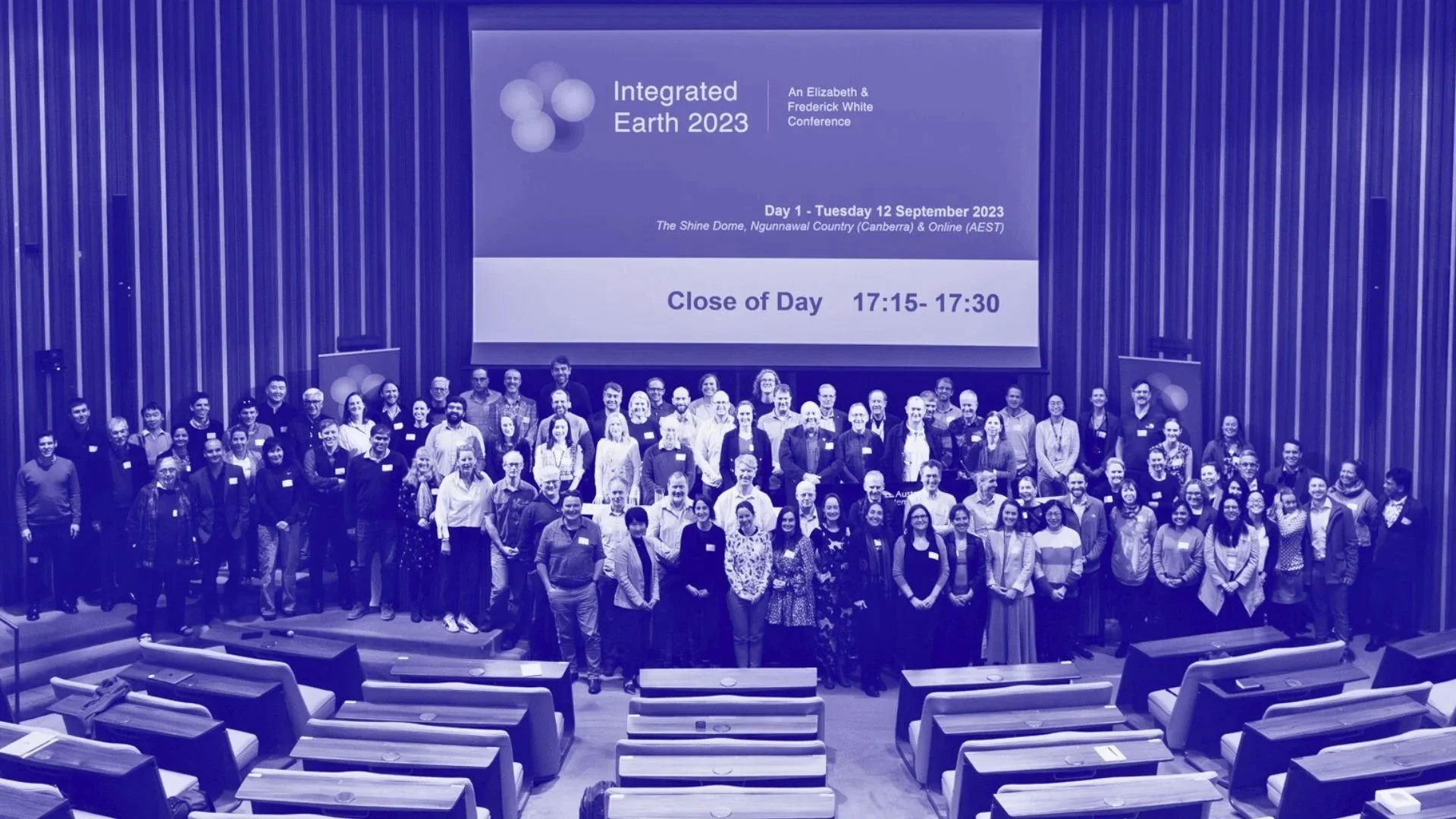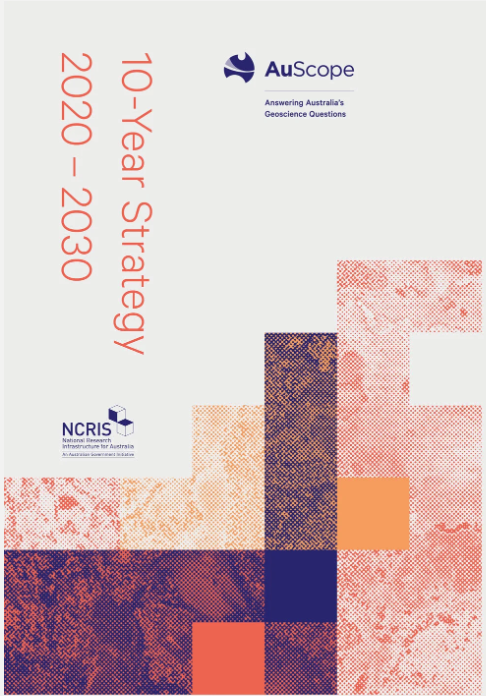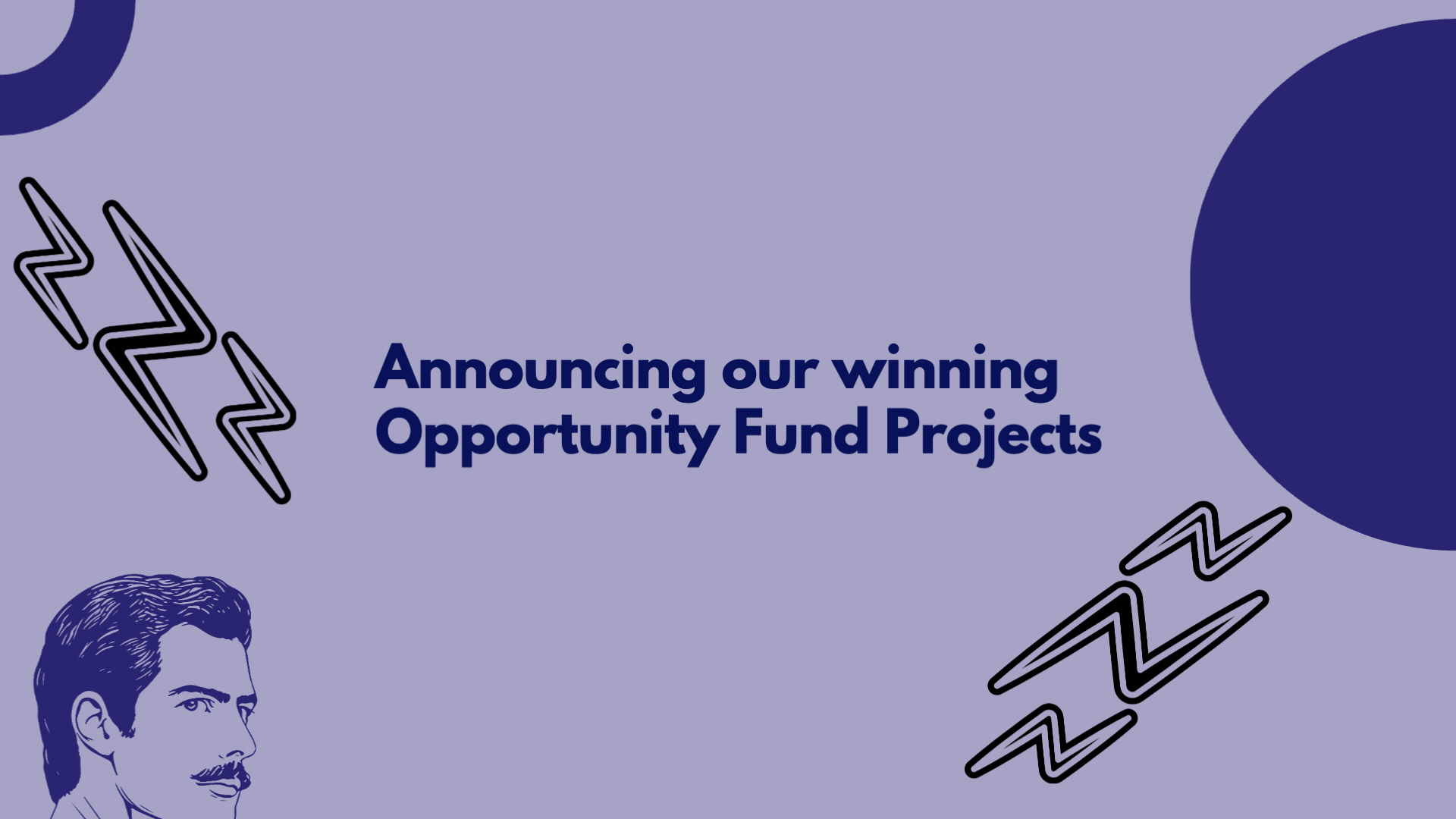About AuScope
Who We Are
AuScope is Australia’s national provider of research infrastructure for the geoscience community. We help scientists, government, and industry understand how the Earth works, from its deep interior to its surface, and how these processes shape our changing planet.
Our work supports national priorities such as climate change, resource security, groundwater management and natural hazard resilience.
Funded by the Australian Government through the National Collaborative Research Infrastructure Strategy (NCRIS), AuScope connects people, data and tools across Geoscience Australia, CSIRO, universities and state and territory geological surveys.

Our Purpose
To enable world-class Earth science research that benefits all Australians.

Antarctic Geophysics. Image: Anya Reading
We do this by providing shared, open access data and infrastructure that helps researchers:
Observe and measure Earth's processes in real-time.
Analyse samples and data to understand Earth’s composition and history.
Model and simulate systems to predict change and guide sustainable decisions.
Our Capabilities: Australia’s Downward Looking Telescope
Our integrated network of research infrastructure forms Australia’s Downward Looking Telescope — a collective system of instruments, laboratories, data platforms and modelling tools that allows scientists to explore the Earth from its surface to its core.
The DLT brings together five complementary components, or “lenses,” that work together to create a complete picture of the Earth:
Temporal Lens – Helps researchers study how the Earth has evolved through time, revealing patterns and processes that shape the planet’s history.
Observational Lens – Enables the observation of changes in the Earth’s structure, such as deformation, movement and stress within the crust and mantle.
Characterisation Lens – Allows scientists to classify and compare rocks, minerals and other materials based on their physical and chemical properties.
Analysis Framework – Provides tools for modelling and simulating geological processes, helping to test ideas and predict how Earth systems behave.
Data Framework – Ensures that diverse geoscience data are standardised, FAIR and CAIRE compliant, discoverable and usable across Australia’s research community.
Together, these elements form an integrated system, a “telescope” that looks deep into the Earth to support research, discovery, and national decision-making.
Our Collaborative Approach

Integrated Earth 2023 conference attendees at The Shine Dome on Ngunnawal Country (Canberra). Image: TERN edited by AuScope
AuScope connects researchers across universities, government and industry through open data systems, shared facilities and national coordination.
We hold a unique role in the Australian geoscience ecosystem:
AuScope primarily supports researchers in academia and government.
Geoscience Australia and CSIRO focus on direct industry applications.
Together, we ensure that every part of the research community has access to the tools, data, and expertise needed to understand and manage Earth's systems.
Discover: Five-Year Investment Plan
Our Impact
From supporting resource exploration and environmental monitoring to improving national positioning and hazard assessment, AuScope’s infrastructure underpins hundreds of research projects each year.

Recent highlights include:
Explore our Case Studies to see real examples of how AuScope makes a difference.
Get Involved
Researchers, students and collaborators across Australia can access AuScope’s infrastructure through our programs and partnerships.
Join our network, use our data, or collaborate on research projects through shared facilities and online platforms.
Discover our 10-Year Strategy 2020 – 2030 and 5-Year Investment Plan.
AuScope NEWS
Thanks to the Inspire STEM Education program, supported by AuScope and partners, Western Australian students are using research-grade SEMs in classrooms to magnify the world 100,000× and spark new discoveries.
The ARC Laureate Fellowship is one of Australia’s most prestigious research awards. In 2025, three of AuScope’s collaborators were awarded for their research efforts and will receive additional funding to tackle national and global challenges.
This month, the global Earth science community celebrated Lesley Wyborn as she received the prestigious Ian McHarg medal at the 2025 European Geosciences Union meeting in Austria.
This week, we welcome another recent starter to the team, Ben Kay! He has taken on the role of National Geophysics Program Manager, where he will lead the coordination of geophysical research infrastructure to help us continue building the Downward Looking Telescope (DLT) across Australia.
Dive into our latest quarterly newsletter, packed with time-travelling breakthroughs and impactful stories.
CAGE is back to upskill students and early career geoscientists in the ways of the ‘force’, ahem, geophysics.
EarthScope has signed a Memorandum of Understanding with AuScope and EPOS, enhancing global collaboration to drive transformative geoscience research and deliver impactful solutions for environmental challenges.
This edition of AuScope Data update celebrates eResearch Australasia, the inclusion of UNSW’s Groundwater data in our Data Repository, the (soft) launch of the AuScope Sample Repository and a progress update on the National Digital Research Infrastructure Investment Plan.
Recently, AuScope collaborated with Mappa Outdoor to illuminate the rocks of Werribee Gorge (Wadawurrung Country). Where should our next call to adventure across the continent be?
Science Quake of the Year is back, with over 50 Schools participating in this year's competition. The team at AuSIS aims to raise awareness of Earth Science by getting school kids and staff excited about seismic waves.
This year, we welcome AuScope’s newest member, Daniel Vlahek. He will take on the company’s new Project Officer role and assist HQ in developing its operational and communication capability.
From MOUs and international collaborations to discovering dry land on a watery planet. Discover our latest research impact and more.
Discover our Quarterly Data Update where we celebrate the launch of the AuScope Data Repository, AusGeochem’s CoreTrustSeal certification, and the new National Digital Research Infrastructure strategy.
Announcing the winners of AuScope’s 2024 Opportunity Fund. This initiative funds research projects to boost earth science infrastructure capacity and access.
AuScope team Professor Anya Reading, Dr Voon Hui Lai, and Associate Professor Steven Micklethwaite attended SMP2024 to discuss glacier retreats, earthquakes, and coastal erosion with policymakers.
In June 2024, NCRIS-enabled researchers joined a JAMSTEC mission off Japan's coast to explore deep-sea volcanoes to enhance our understanding of Earth's mantle dynamics, biogeochemical cycles, and tsunami mechanics.
Dr Sima Mousavi presented NCRIS enabled AuSIS outreach efforts at CONASTA 71 2024, to empower educators and enhance Earth Sciences teaching.
Australia joins the International Continental Scientific Drilling Program (ICDP) via ANZIC through AuScope’s new NCRIS funding.
AuScope is excited to be selected in the fifteenth round of CSIRO ON Prime, a free, nine-week program that will help us develop a deeper understanding of the diverse people who could benefit the most from AuScope.Share your perspective!
Welcome to the first edition of our AuScope Data Update. In this recurring newsletter piece, we reflect on recent progress and provide a glimpse into what lies ahead for our data-driven endeavours.
The first AuScope Quarterly of the year is here! Discover ice sheet science, Mars' climate impact, fieldwork adventures and our latest funding opportunities.
AuScope Opportunity Fund is open. We are inviting EOIs by May 3rd to fuel NCRIS-enabled projects, driving impactful research and infrastructure enhancements.
The AuScope community is out in full force at #EGU24 this year showcasing their latest AuScope and NCRIS enabled research. From town halls, splinter meetings to research presentations. Discover the events on offer.
Via new research infrastructure delivery partner ANZIC, AuScope is proud to support eight Indigenous geoscience professionals and undergraduate students in joining the JOIDES Resolution (JR) Academy, a two-week ‘science at sea’ experience on board the JR vessel from Naples to Amsterdam in April 2024. Participants can generate cross-cultural thinking towards a new paradigm in geoscience practice and impact globally. Jump aboard from online!
The AuScope Geochemistry Network (AGN) brought together NCRIS enabled AGN scientists from Australia’s top universities with national and global Earth science organisations to showcase diverse projects and explore future digital infrastructure.
A new NCRIS enabled cross-disciplinary collaboration between AuScope and TERN is applying cutting-edge geophysical sensor technology to biological ecosystem research.
A $45 million funding boost for AuScope will be used to accelerate a number of major geoscience infrastructure projects, including national coverage of AusLAMP by mid-2027.
Can natural emissions of hydrogen from the Earth be a new energy source for the future? The ‘NCRIS enabled’ AuScope Earth Imaging teams aim to cast light on where hydrogen is sourced, how it moves to the surface and where industry can target exploration drilling to commercialise this low-cost clean energy resource.
What exactly froze the planet nearly solid and how it remained that way for 56 million years has finally been unraveled, all thanks to the groundbreaking research conducted by AuScope's NCRIS-enabled EarthByte Group
Discover Geophysics 2030, a comprehensive Earth exploration project, providing high-performance datasets and a community computing platform for impactful, long-term national research funded by NCRIS, NCI, ARDC, AuScope, and TERN facilitates.

























































